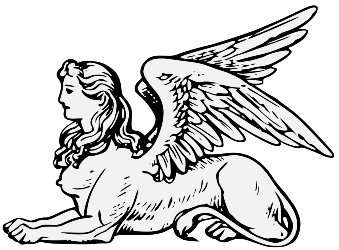The Kojiki, or "Record of Ancient Matters," was written in 712 CE. It is the oldest chronicle in Japan, written by O no Yasumaro by the request of Emperor Gemmei. It compiles all the myths surrounding the creation of the four islands as well as the birth and existence of Japan's deities. Along with the Nihon Shoki, this text inspires the teachings and myths of Shintoism.
Structure[]
The Kojiki structure format is in poem/song format. It is divided into three parts, the Kamitsumaki (上巻 "first volume"), the Nakatsumaki (中巻, "middle volume") and the Shimotsumaki (下巻, "lower volume").
Synopsis[]
The Kojiki begins during the period known as Kamiyo (The Age of the Gods), starting with the Japanese creation myth. Other myths include: Izanagi and Izanami’s creation of the islands of Japan and the myriad deities that populated the heavens and this world, Izanagi’s journey to Yomi-no-kuni (the Underworld) in an attempt to bring back Izanami after her death, Susano-o’s battle against the eight-headed eight-tailed serpent Yamata-no-Orochi, the adventures of Okuninushi as he rose to become the deity charged with turning the land of Japan into a true nation, and the descent of Ninigi (grandson of the sun deity Amaterasu), who came from the heavens to rule Japan. These myths share similarities with mythology from around the world, particularly well-known tales from Greek mythology, and this provides an added layer of interest to them.
The exploits of the gods included in The Kojiki lead to a record of the lineage of the Imperial Family up to Empress Suiko (593 – 628 AD), and events that happened during each emperor’s reign. In doing this, The Kojiki traces a path from mythology into historical record, and while it is difficult to say at which point the stories pass from myth and legend into historical fact, this blend of stories gives the reader many different windows into Japanese history and culture.[1]
References[]
[]
| Japanese mythology | |
|---|---|
| Mythic Texts | Kojiki • Nihon Shoki |
| Japanese Creation Myth | Kotoamatsukami • Kamiyonanayo • Kuniumi • Kamiumi • Izanagi-no-Mikoto • Izanami-no-Mikoto • Kagutsuchi • Watatsumi |
| Takamagahara Mythology | Amaterasu • Susano-o • Tsukuyomi • Ame-no-Uzume |
| Izumo Mythology | Yamato no Orochi • Hare of Inaba • Ōkuninushi |
| Hyuga Mythology | Tenson korin • Ninigi • Konohanasakuya-hime • Hoderi • Hoori • Toyotama-hime • Ugayafukiaezu |
| Human Age | Emperor Jimmu • Kesshi Hachidai |
| Mystical Locations | Ryugu-jo • Takamagahara • Amano-Iwato • Yomi • Ashihara no Nakatsukuni |
| Major Buddhist Figures | Amida Nyorai • Daruma • Five Wisdoms Buddhas • Akuma/Mara |
| Seven Lucky Deities | Benzaiten • Bishamonten • Daikokuten • Ebisu • Fukurokuju • Hotei • Jurojin • Kichijoten |
